“Lives of the Aces in Pictures – Part 7: René Fonck” by Eugene Frandzen
Starting in the May 1932 issue of Flying Aces and running almost 4 years, Eugene Frandzen’s “Lives of the Aces in Pictures” was a staple of the magazine. Each month Frandzen would feature a different Ace that rose to fame during the Great War. This time around we have France’s Ace of Aces—Lt. René Fonck!
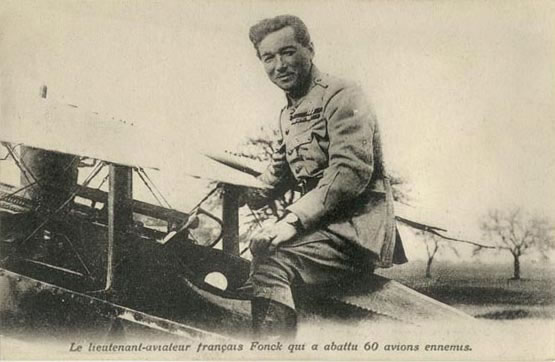
Lt. René Fonck is recognized as one of the greatest French air fighters since Captain Guynemer and is credited with bringing down no less than 75 enemy planes, out of a claimed 142—bringing down six in one day (twice)! As his fame grew, sadly, so did his ego and he never really gained the admiration and popularity of Guynemer.
After the war, Fonck returned to civilian life, but kept his hand in aviation even trying to win the Orteig prize by being the first person to fly across the atlantic—he unfortunately crashed on take-off, killing two of his three crew members. Charles Lindbergh would win the prize seven months later.
He return to military aviation and from 1937-39 he acted as Inspector of fighter aviation within the French Air Force. However his later record of working with the Vichy government following the fall of France in June 1940 later besmirched his reputation. A French police inquiry about his supposed collaboration with the Vichy regime completely cleared Fonck after the war. The conclusion was that his loyalty was proved by his close contacts with recognised resistance leaders such as Alfred Heurtaux during the war—and he was awarded the Certificate of Resistance in 1948.
Just five years later Fonck suffered a fatal stroke and died in 1953 at the age of 59.
- Download “Lives of the Aces in Pictures – Part 7: René Fonck” (November 1932, Flying Aces)
(Editor’s Note: These early installments of Frandzen’s “Lives of the Aces in Pictures” that were published in the pulp-sized issues have been reformatted from a two page spread into a one page feature.)





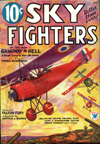
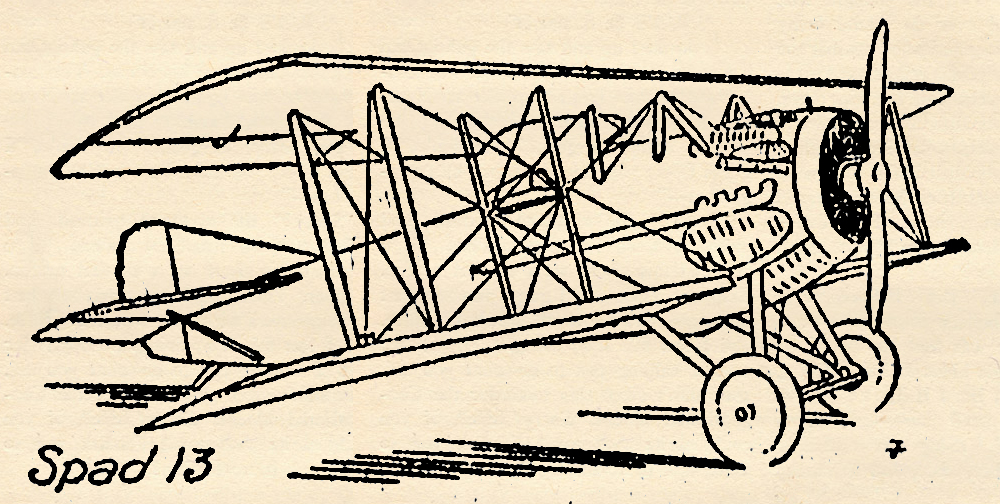

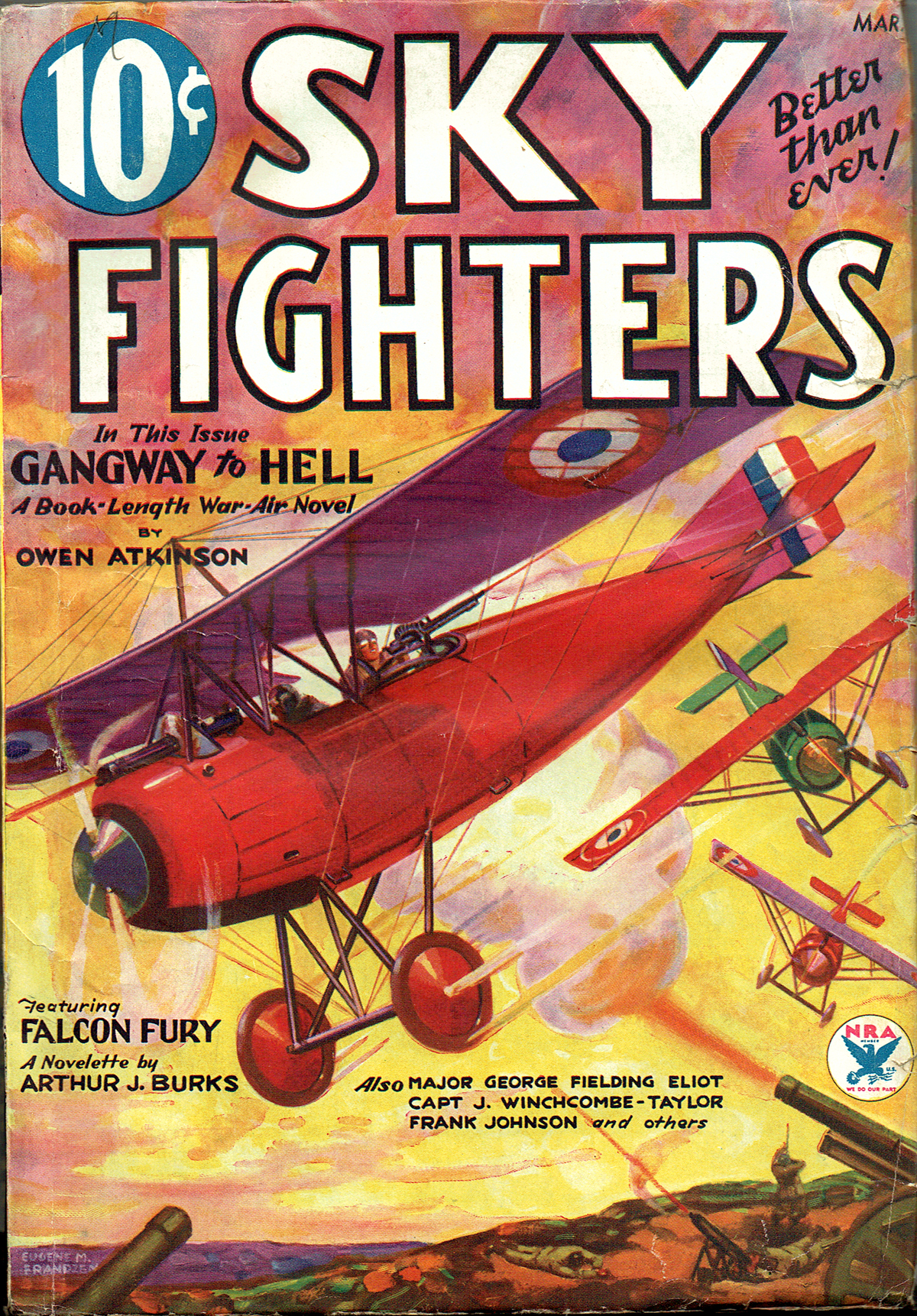

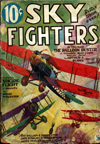


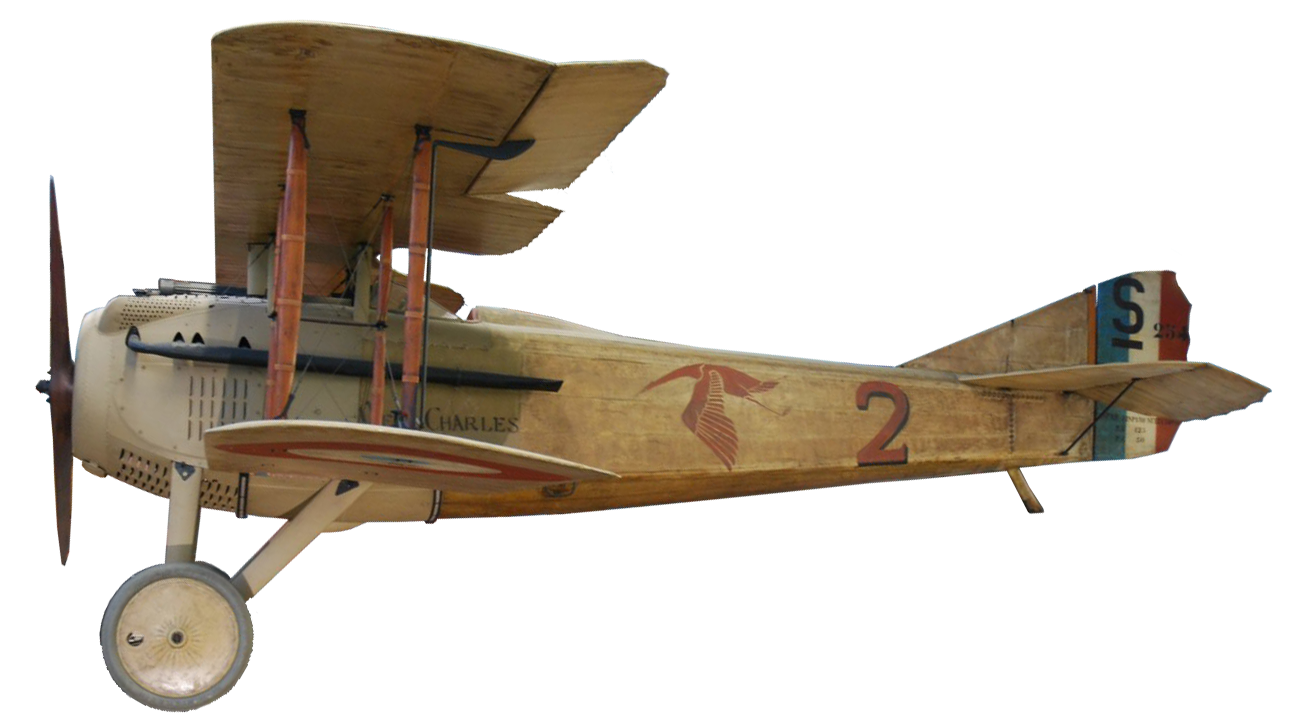
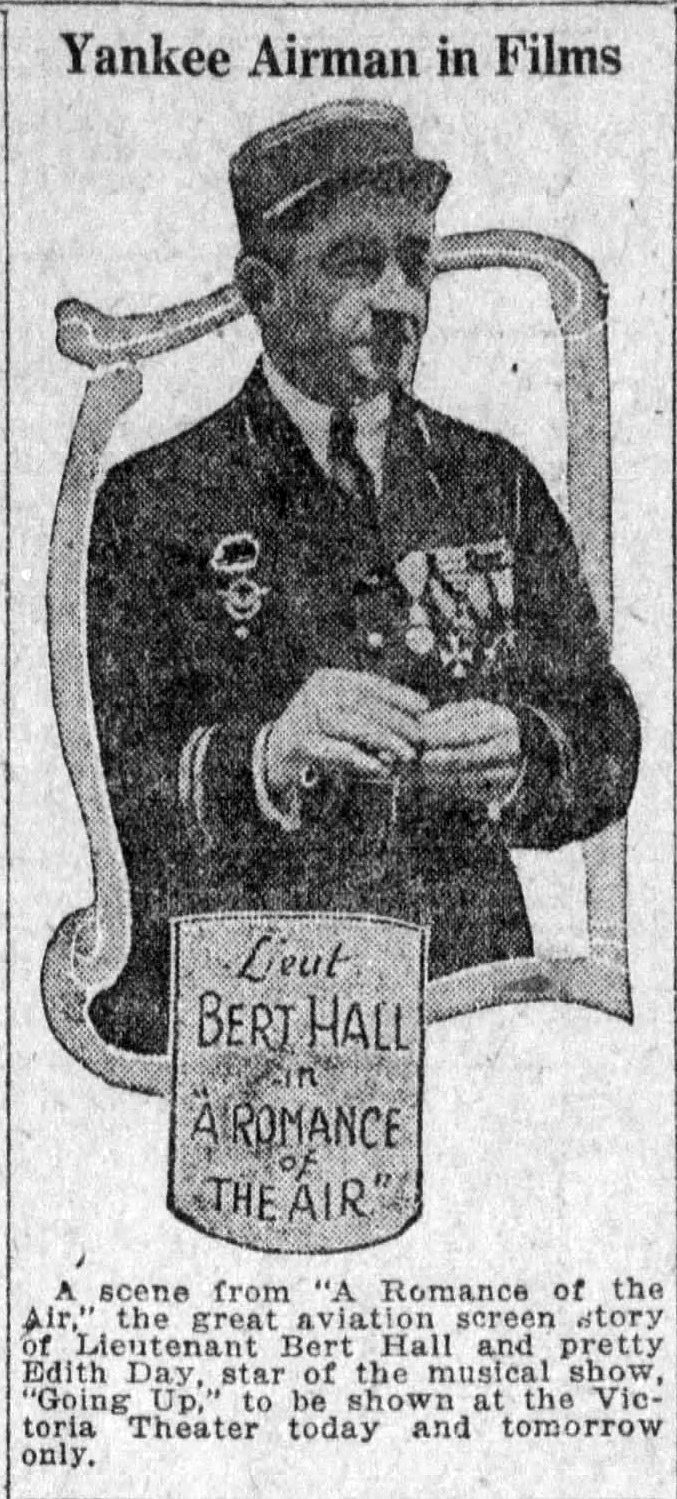 May 1932 issue of Flying Aces and running almost 4 years,
May 1932 issue of Flying Aces and running almost 4 years, 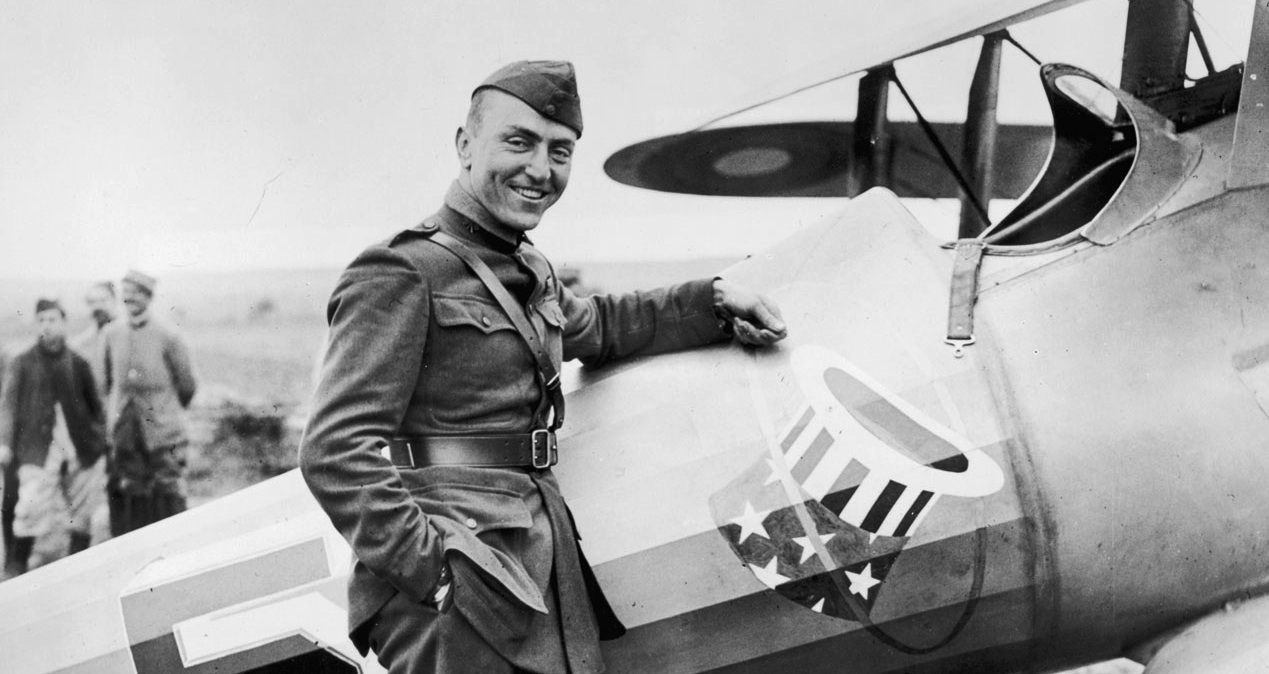


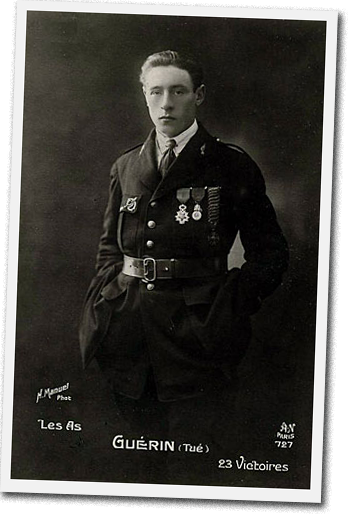 of
of 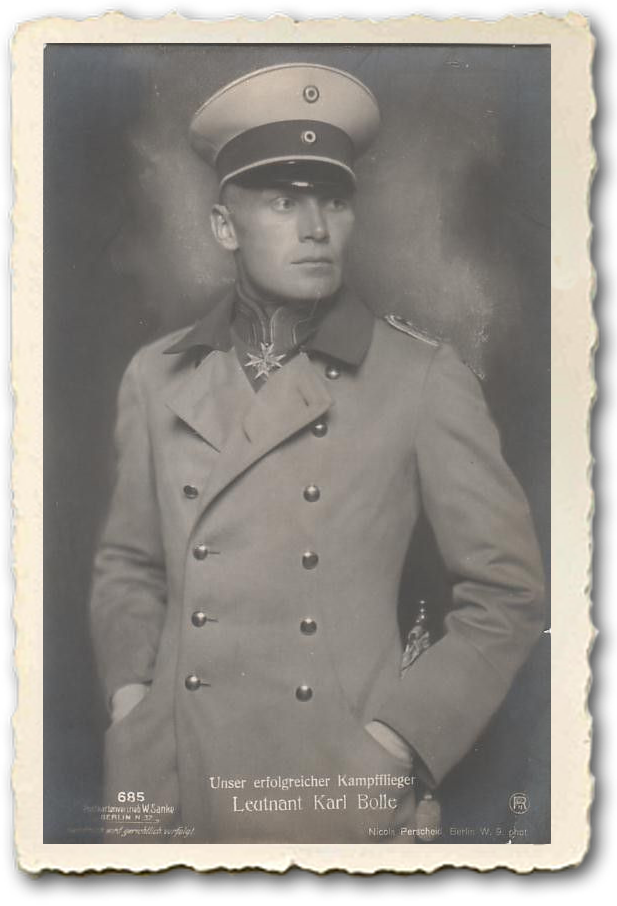 of
of 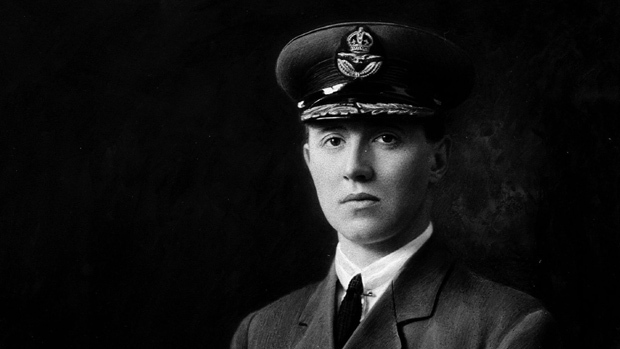
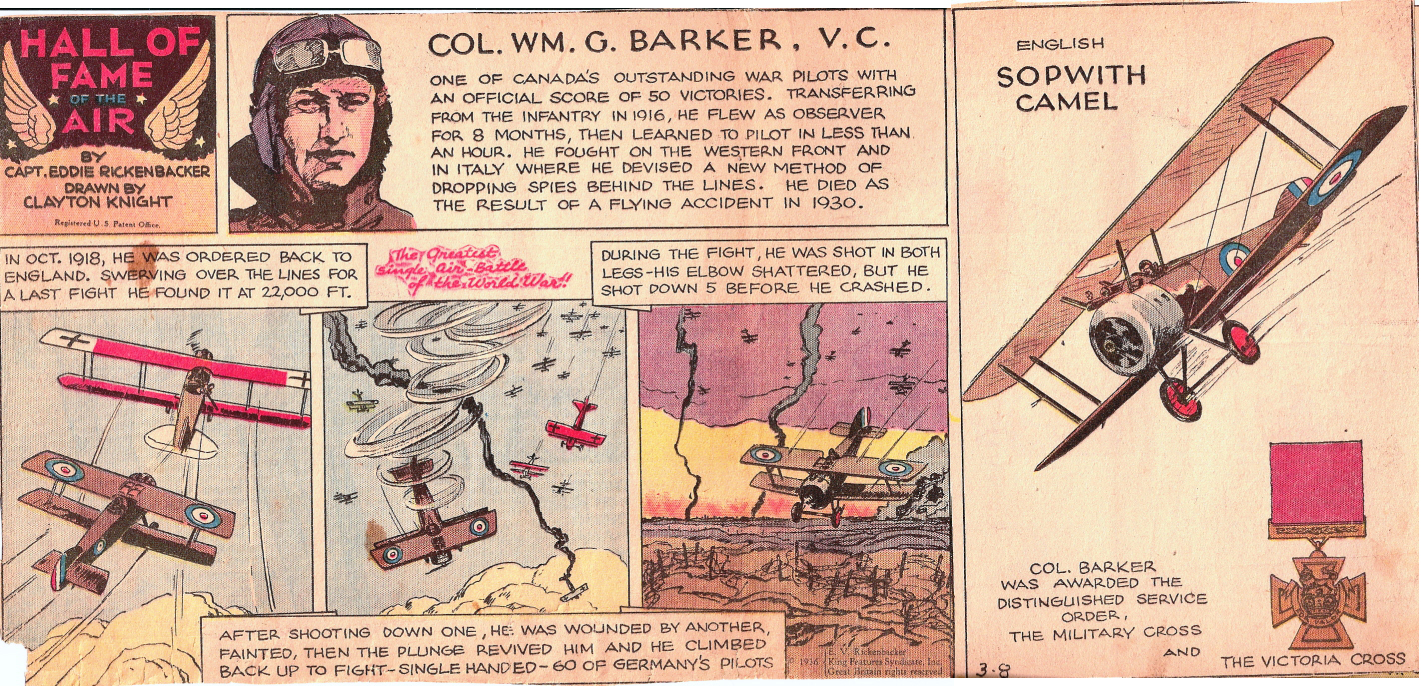
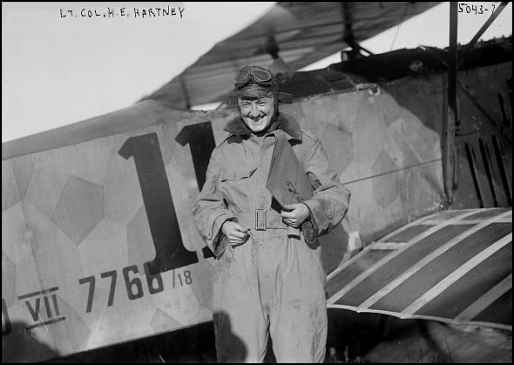
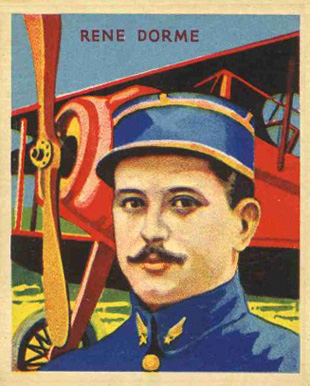 of
of